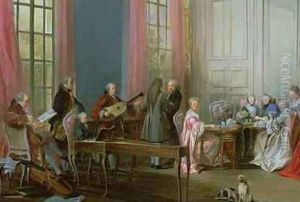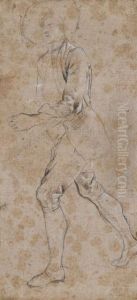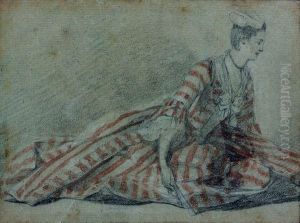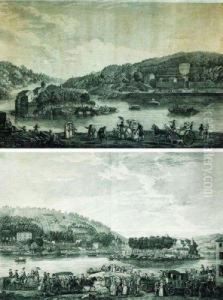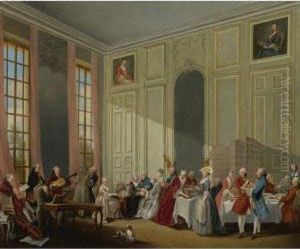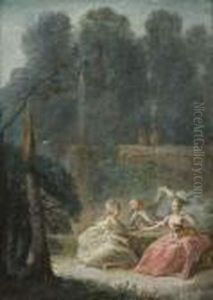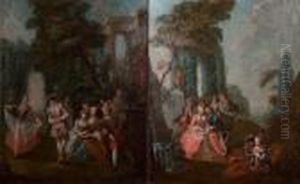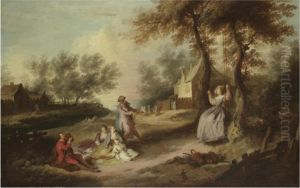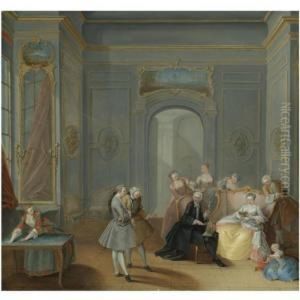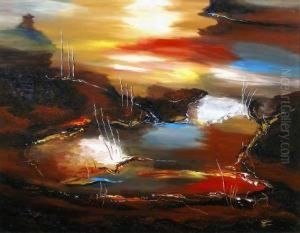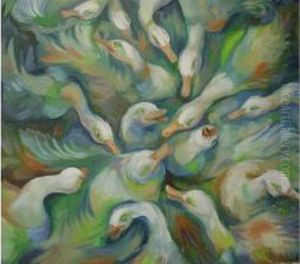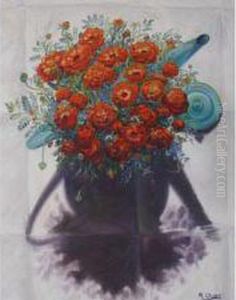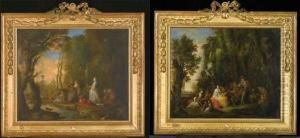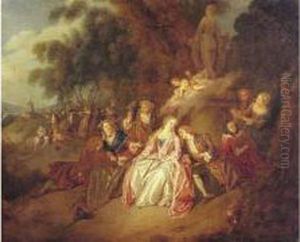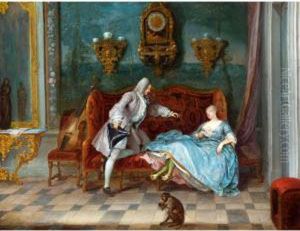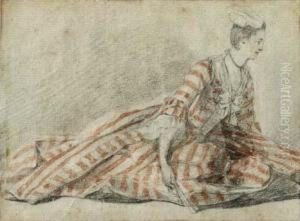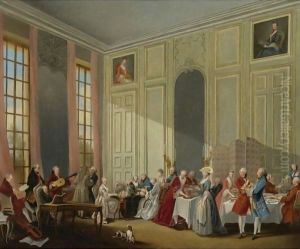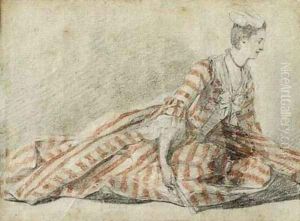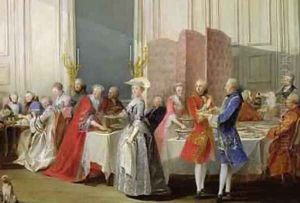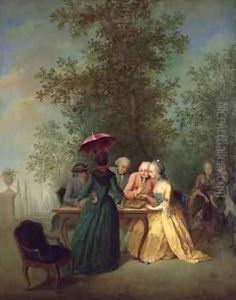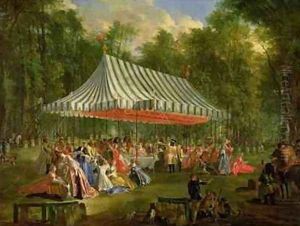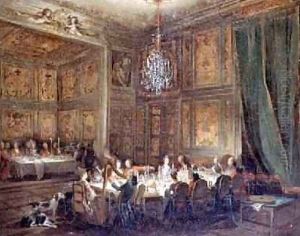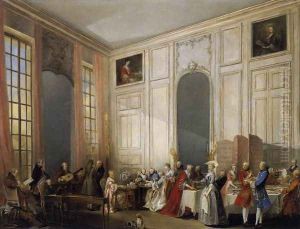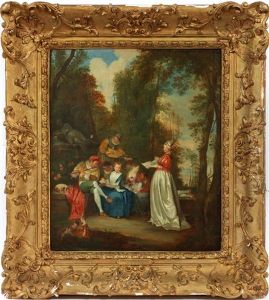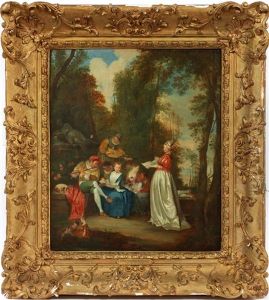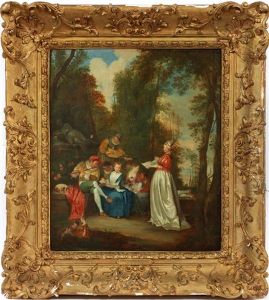Michel-Barthelemy Ollivier Paintings
Michel-Barthélemy Ollivier, also known as Olivier, was a French painter and engraver born on April 2, 1712, in Marseille, France. He was the son of the painter François Ollivier and was initially trained by his father before moving to Paris to further his education and career. Ollivier is known for his genre scenes, portraits, and historical paintings.
He became a pupil of the noted artist Charles-Joseph Natoire, who was a prominent figure in the Rococo movement. Under Natoire's guidance, Ollivier refined his style, which combined elements of the Rococo with a more classical approach to composition and detail. He also became a member of the prestigious Académie Royale de Peinture et de Sculpture in 1749, which marked a significant endorsement of his artistic talent.
Ollivier's works were appreciated for their elegance, attention to detail, and the vibrant portrayal of his subjects. He was adept at capturing the customs and spirit of the French aristocracy, with a particular focus on intimate and domestic scenes. His paintings often depicted leisurely activities of the upper classes, such as parties, musical gatherings, and romantic encounters, reflecting the tastes and lifestyle of his patrons.
In addition to painting, Ollivier was skilled in engraving, and he produced a number of prints after his own designs as well as after the works of other artists. This helped to spread his reputation and the Rococo style across Europe.
Later in his career, Ollivier received commissions from the French royal family, which were considered a great honor and a testament to his abilities as an artist. His works can be found in various museums and private collections, contributing to our understanding of the French Rococo period and its artistic heritage.
Michel-Barthélemy Ollivier passed away on March 2, 1784, in Paris. His legacy endures through his contributions to the French art of the 18th century and the elegant snapshots of high society life he left behind in his paintings.
